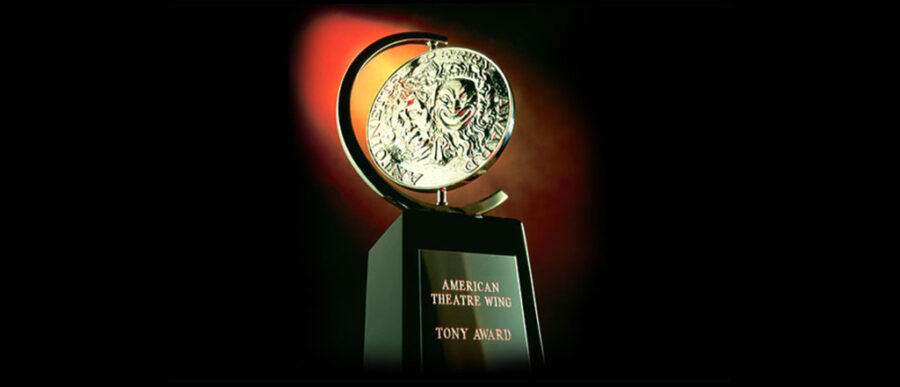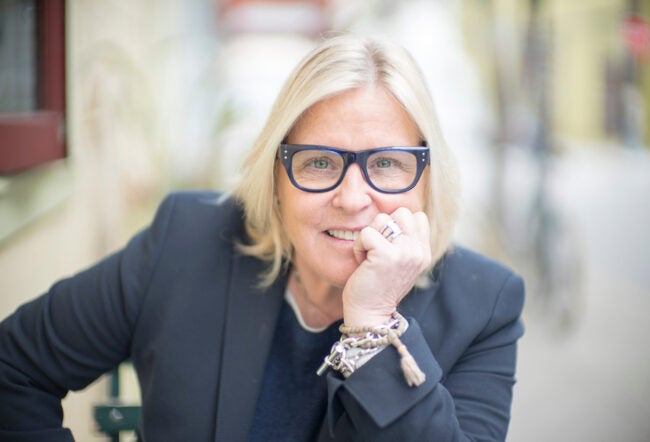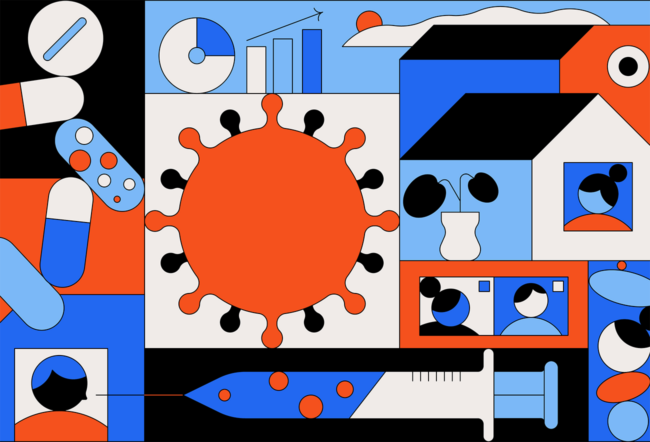Crowdfunding has opened the virtual gates to capital for start-ups, developers and researchers in nearly all corners of life. But when pitted against a panel of experts in a field, can the crowd show the wisdom needed to pick a winning project?
That’s the question that Wharton management professor Ethan Mollick and Harvard Business School professor Ramana Nanda answer in their working paper, “Wisdom or Madness? Comparing Crowds with Expert Evaluation in Funding the Arts.” Mollick and Nanda have found the first evidence showing that the crowd has the chops to pick a strong performer without actual experts serving as gatekeepers.
The research has the potential to expedite the shift in start-up funding away from traditional venture capital routes, which are extremely difficult for outsiders to access, giving more entrepreneurs a shot at building a viable business. “If the crowd is pretty good at making decisions, then we would expect to see more and more things move in that direction,” Mollick notes. “It points to a wider element of democratizing entrepreneurship and innovation…. It allows more people to take more shots.”
To test the wisdom of the crowd, Mollick and Nanda used data from Kickstarter, which has raised more than $1 billion for over 60,000 projects from more than six million backers since its 2006 founding. Instead of examining a business-related set of projects, they focused on the arts — specifically, the theater, which allows for both a subjective view (i.e., artistic taste) and an objective one (judging the long-run success of the project). The arts, in general, have been at the forefront of the rise of crowds at the expense of experts: Since 2012, more money has gone to the arts through crowdfunding than the government-run National Endowment of the Arts.
“It points to a wider element of democratizing entrepreneurship and innovation…. [Crowdfunding] allows more people to take more shots.”
Mollick and Nanda pulled data on a random sample of Kickstarter theater projects that attempted to raise at least $10,000 for a specific performance between May 2009 and June 2012. They took those 120 projects and broke them into 20 sets of six projects each, with each one including three projects that failed to reach their funding goal, two that achieved their goal and one that exceeded the goal by raising at least 110% of the original funding target.
Bring on the Experts
Then came the experts — 30 judges who all had backgrounds in evaluating theater grant applications for a national organization such as the National Endowment for the Arts. The judges were each given a set of six projects and saw presentations that were similar to the ones shown to the potential Kickstarter donors, including videos and photos. The judges then were presented with a series of questions about each project and were asked, given an unlimited budget, how much of the goal they would fund.
The decisions of the judges and the crowd were “remarkably similar,” Mollick says, adding that there was 57% to 62% agreement between them.
“The judges seem to consistently rate the successful projects higher than those that did not achieve their funding goal,” Mollick and Nanda write. “Projects that were funded by the crowds were twice as likely to be ranked as the best project, while those that were unsuccessful were more than two times as likely to be ranked as the worst project by judges.” Judges also gave, on average, 1.5 times more money to projects that were successful in their Kickstarter goal in real life than to projects that were unsuccessful.
Of course, the experts and the crowd were not in perfect sync. Interestingly, however, Mollick and Nanda found that the disagreements largely came when the crowd chose to fund a project that the experts rejected. “That may [point to] an expansion of who can get access to capital. The crowd seems to be funding more things,” he notes.
“The biggest differences we found between projects that the crowd alone supported versus those supported by experts seemed to be in the style of presentation, rather than the quality of the actual project itself,” Mollick and Nanda write. “The more ‘crowdfunding friendly’ a quality proposal was — [such as those] taking advantage of the Internet by using videos and pictures, or including many rewards for backers — the more it seemed to appeal to the crowd.”
Fear of the Crowd
According to Mollick, the findings indicate a potential game-changer in the way that start-ups are funded. Even when companies currently tap the crowd as financial backers for a project, the firms often have an expert serving as gatekeeper in the background to make sure the crowd makes the “right” decisions. “There’s a lot of fear of crowds,” Mollick says. “Companies are using crowdsourcing technologies, but they tend to [have] experts intervening at some point. Part of what we’re seeing here is that the crowd seems to be pretty good at doing what it does.”
The decisions of the judges and the crowd were “remarkably similar,” Mollick says, adding that there was 57% to 62% agreement between them.
And that could mean not only more project funding, but actual job growth as well. As part of their study, Mollick and Nanda did a separate survey to track down the results of the successful theater projects and found that many of them evolved from a one-night only event into recurring performances that, in some cases, provided dozens of employment opportunities.
Ultimately, crowdfunding could work in tandem with traditional venture capital models and provide a mix of funding options for entrepreneurs, the authors suggest. For the traditional gatekeepers to capital, it’s a daunting change, but Mollick and Nanda argue that it’s not a deadly one.
“The world is changing really fast,” Mollick says. “The cost of starting a software company is between three and five orders of magnitude lower than in the late 1990s. That makes it easier to launch start-ups. There are a huge amount of trends that are pushing down the cost and not forcing you to rely on traditional sources of funding.
“It’s a big unknown, and it’s scary,” he adds. “We’ve provided the first evidence that it doesn’t break the whole system.”



